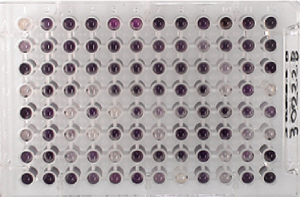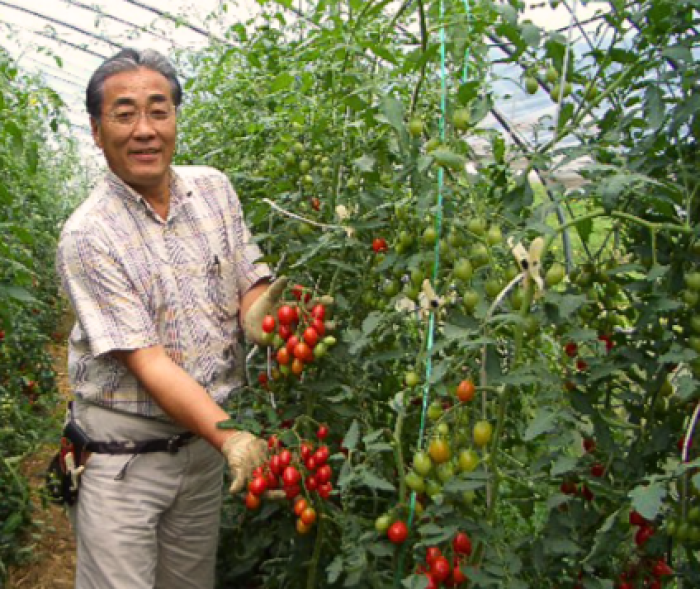Interview from 2010
Hokkaido Toma Green Life – Mamoru Segawa
Toma Green Life cultivates rice and vegetables on around 140 hectares of land in Toma Town, Hokkaido. They produce organic agricultural products on 9% of the vegetable, field, and paddy field area. There are 15 employees, including clerks, and during peak times, company employs around 100 temporary staff.
At Toma Green Life, BIOTREX soil analysis was performed on five fields. Remarkably, the Microbial Performance Index value of the paddy fields was over 2 million. With a deviation value 83.8, top 0.1% of agricultural fields nationwide.
We asked President Mamoru Segawa for his thoughts on BIOTREX analysis and organic farming.
Q. What was your first impression when you heard about BIOTREX analysis?
I thought it would be very good to have a scale for soil biology. I have always believed that microbes play a key role in the growth of crops.
However, even I cannot understand why the activity value of the paddy field I examined this time is so high. One thing I can say is that the paddy fields we examined were older in terms of organic farming and clayey. One can imagine that the quality of the soil and whether it is a new or old paddy field can affect the value.
Where the value is low, there seem to be many new fields. At Toma Green Life we lease and cultivate a lot of fields, so we want to increase the microbial performance over the next 10 years.

A plate with BIOTREX analysis results of the paddy rice fields of Toma Green Life.
Q. Please tell us your thoughts on organic farming.
I think we should create soil that is healthy and resilient, even when we are growing continuously. In our tomato fields, we have been growing tomatoes continuously for more than 10 years. If the microbes in the soil are well balanced, I don’t think there will be any crop failures.
I also took the opportunity of being designated a model town for organic farming to see if there were any loaches in the rice fields. Unfortunately, I couldn’t find any at the beginning of the survey, so I introduced them from outside. It seems that a favourable environment has been created for the loaches, as the population increased significantly in the second year.
We are also studying the sludge worm. Sludge worms are food for loaches, so we can say that the increase in sludge worms and the increase in loaches are related. There are hundreds of times more sludge worms in my rice fields than in rice fields with chemical fertilisers.
Q. What do you think about the future of the BIOTREX analysis?
We believe there is a correlation between above-ground biodiversity and soil microbial diversity. In other words, I believe that in a field where the ground is in balance, the microorganisms in the soil are also in balance.
At our company, we conducted training using the results of BIOTREX analysis. By quantifying the previously intuitive state of soil microorganisms, we aim to apply this information to future farming practices. I hope that this valuable technique for considering future strategies will continue to gain popularity domestically and perhaps even internationally.

Organic spinach.

Organic red bean field. Fresh and tasty!

